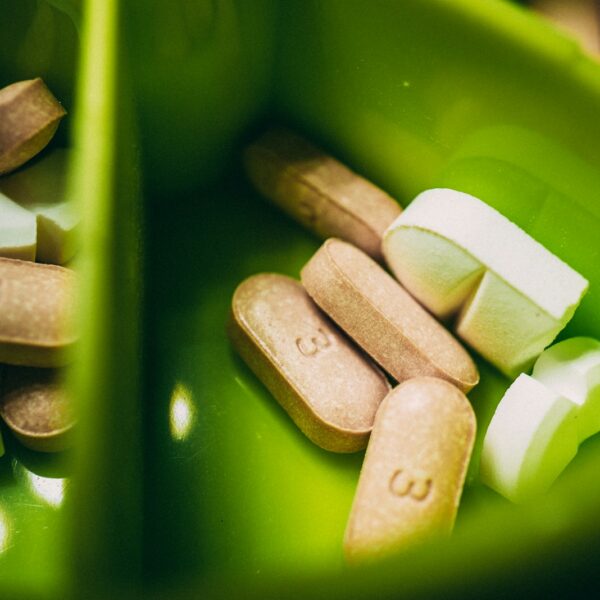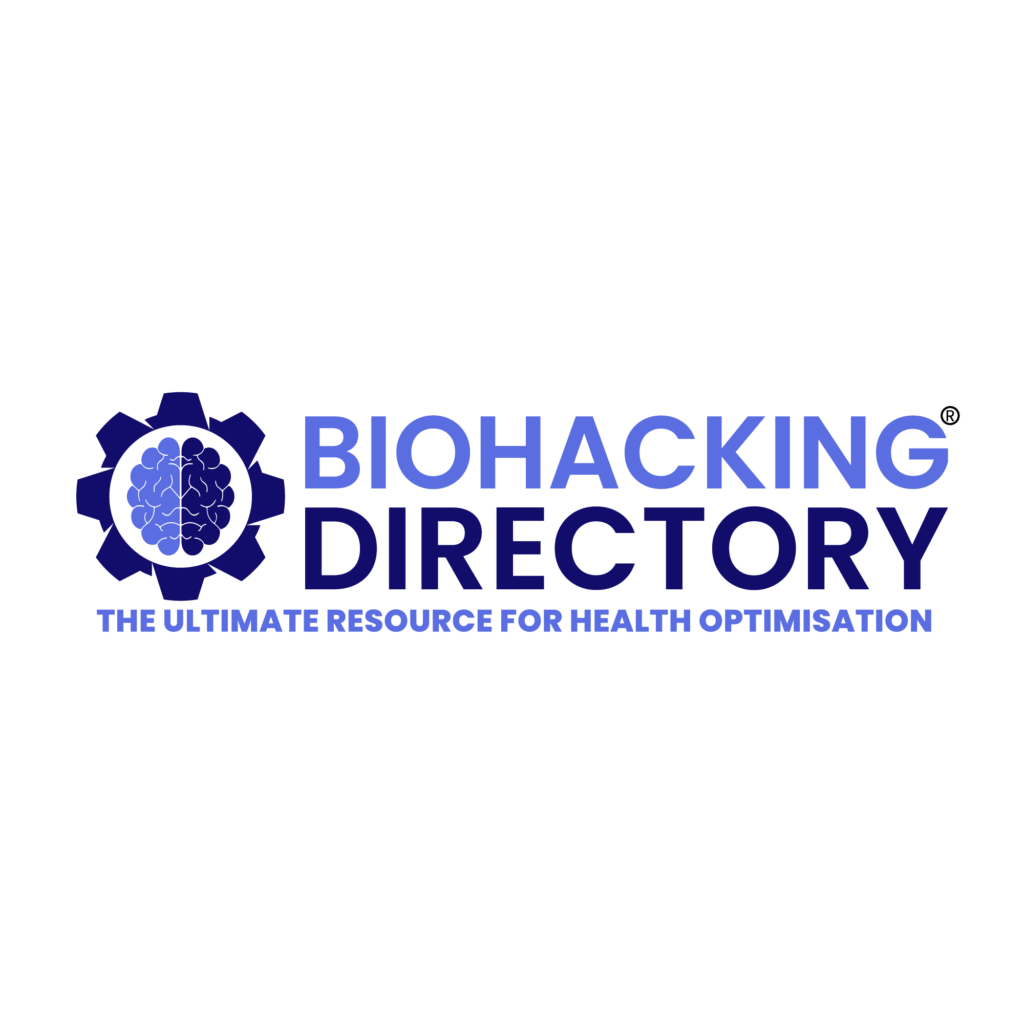Testosterone, often referred to as the “male hormone,” plays a crucial role in men’s health. It impacts various aspects of physical and mental well-being, including muscle mass, bone density, mood, and libido. Maintaining optimal testosterone levels is essential for overall health and vitality. Diet and exercise are two key factors that can significantly influence testosterone levels.
Understanding Testosterone
Before delving into the role of diet and exercise, let’s understand testosterone better. Testosterone is a sex hormone primarily produced in the testes in men and, to a lesser extent, in the ovaries in women. It’s responsible for developing male sexual characteristics during puberty, such as a deeper voice, facial and body hair, and muscle growth. However, testosterone continues to play a crucial role in adult men, affecting various bodily functions.
Diet and Testosterone
1. Nutrient Intake:
A balanced diet rich in essential nutrients is vital for maintaining optimal testosterone levels. Nutrients like zinc, vitamin D, and omega-3 fatty acids have been linked to testosterone production. Zinc, in particular, plays a pivotal role in the synthesis of testosterone. Foods such as lean meats, nuts, seeds, and fatty fish can help increase zinc intake.
2. Protein Consumption:
Protein is the building block of muscles and can aid in maintaining muscle mass, which is closely related to testosterone levels. Including sufficient protein sources like lean meats, poultry, fish, and legumes in your diet can be beneficial.
3. Healthy Fats:
Healthy fats, such as those found in avocados, nuts, and olive oil, are essential for hormone production, including testosterone. A diet rich in these fats can support overall hormone balance.
4. Carbohydrates:
Carbohydrates provide energy for workouts, and maintaining a balanced intake of complex carbohydrates like whole grains can help ensure you have the energy for regular exercise, which is the next crucial factor in testosterone optimization.
Exercise and Testosterone
1. Resistance Training:
Engaging in regular resistance or strength training exercises is one of the most effective ways to boost testosterone levels. Compound exercises like squats, deadlifts, and bench presses stimulate the release of testosterone and growth hormone. Aim for at least three to four sessions per week, focusing on different muscle groups each time.
2. High-Intensity Interval Training (HIIT):
HIIT workouts, which involve short bursts of intense exercise followed by brief recovery periods, have shown promise in increasing testosterone levels. These workouts are time-efficient and can be an excellent addition to your fitness routine.
3. Cardiovascular Exercise:
While resistance and HIIT training are potent testosterone boosters, cardiovascular exercise also has its benefits. It can help control body fat levels, and excess body fat is associated with lower testosterone. Regular aerobic activities like jogging, swimming, or cycling can contribute to overall testosterone optimization.
4. Rest and Recovery:
Adequate rest is essential to support testosterone production. Overtraining and chronic stress can lead to increased cortisol levels, which may suppress testosterone. Ensure you get enough sleep and manage stress through relaxation techniques like meditation or deep breathing exercises.
Balancing Diet and Exercise
Optimizing testosterone levels isn’t just about diet or exercise alone; it’s about finding the right balance. Combining a diet rich in essential nutrients, healthy fats, and lean proteins with a well-structured exercise routine can yield the best results.
Consult a Professional
Before making significant changes to your diet or exercise regimen, it’s essential to consult with a healthcare professional or a registered dietitian. They can assess your individual needs, provide tailored recommendations, and monitor your progress.
Conclusion
In conclusion, diet and exercise play a vital role in testosterone optimization. A balanced diet with adequate nutrients and healthy fats, along with regular exercise that includes resistance training and cardiovascular workouts, can help maintain or increase testosterone levels naturally. However, it’s essential to approach these lifestyle changes wisely and seek professional guidance when needed.
—
References:
1. Harvard Health Publishing. (2012). “Testosterone and the heart.” [Link](https://www.health.harvard.edu/heart-health/testosterone-and-the-heart)
2. Mayo Clinic. (2020). “Testosterone therapy: Potential benefits and risks as you age.” [Link](https://www.mayoclinic.org/healthy-lifestyle/sexual-health/in-depth/testosterone-therapy/art-20045728)
3. WebMD. (2020). “Exercise and Testosterone: Fitness for Men.” [Link](https://www.webmd.com/men/ss/slideshow-exercise-lowers-testosterone)
4. The Journal of Clinical Endocrinology & Metabolism. (2007). “Effect of vitamin D supplementation on testosterone levels in men.” [Link](https://academic.oup.com/jcem/article/92/2/549/2598432)





